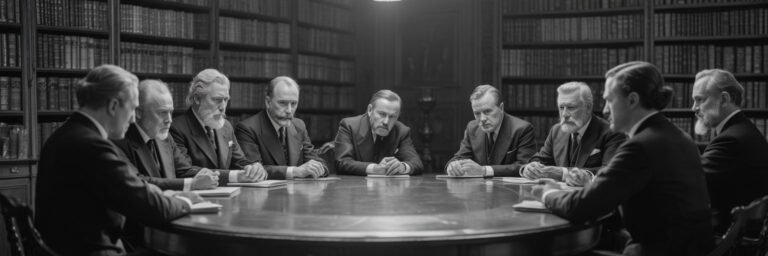INTRODUCTION
Draped in the grandeur of a bygone era, the ancient wonders of the world invite countless questions, exploring uncharted territories of human curiosity and fascination. These monumental structures, a deft blend of artistry and architectural prowess, provide intriguing glimpses into millennia-old civilizations, transcending timelines and cultural confines. This article embarks on a historical voyage, unearthing the untold story of these ancient marvels, delving into their historical background, discerning theories and interpretations, unfolding mysteries and controversies embedded in their stories, deciphering their symbolism and cultural significance, reflecting on modern investigations, and culminating with the enduring legacy they’ve bestowed upon humankind.
HISTORICAL BACKGROUND
The magnificence of ancient wonders traces back to 425-435 BC, manifested in a list meticulously compiled by Herodotus, the Father of History, and later Callimachus of Cyrene, librarian of the great Alexandria. The compilation, hailed as ‘The Seven Wonders of the Ancient World,’ included the Great Pyramid of Giza, Hanging Gardens of Babylon, Statue of Zeus at Olympia, Temple of Artemis at Ephesus, Mausoleum at Halicarnassus, Colossus of Rhodes, and the Pharos of Alexandria.
Employed as symbols of pride, the wonders were representative of a kingdom’s might and opulence, reflecting the competitive spirit of ruling emperors and kings striving for eternal recognition. Over centuries, many of these architectural phenomena succumbed to the ravages of time, with the Great Pyramid of Giza in Egypt emerging as the lone surviving testament of the brilliance of ancient craftsmanship.
THEORIES AND INTERPRETATIONS
Scholars have presented various theories and interpretations to shed light on the mysteries cloaked around the ancient wonders. While modern minds grapple with the advanced science employed by Egyptians to construct the perfect geometric symmetry of the Great Pyramid, alternative theorists suggest the involvement of extraterrestrials.
Interpretive theories gain further complexity when addressing the elusive Hanging Gardens of Babylon, with some historians even questioning their existence due to the conspicuous absence of records in Babylonian history. On the polar end of the spectrum, alternate theories propose, the ‘Hanging’ referred to the terrace-like structure and not suspended gardens.
MYSTERIES AND CONTROVERSIES
History, as intriguing as it is, turns more thrilling with mysteries and controversies. One of the enduring controversies of the ancient wonders pertains to the Statue of Zeus at Olympia. Incredibly, the statue disappeared from historical records post AD 391, when Christian Roman Emperor Theodosius banned pagan practices. While some historians argue it was destroyed in a fire; alternative theories suggest it traveled to Constantinople before succumbing to its tragic end.
Further controversies surround the Mausoleum at Halicarnassus and the Colossus of Rhodes. Both succumbed to earthquakes, but their remnants have stirred ongoing debates regarding their original appearances due to contrasting depictions in ancient and medieval art.
SYMBOLISM AND CULTURAL SIGNIFICANCE
Beyond their astounding magnificence, the ancient wonders have always resonated profound symbolism and cultural significance. The Temple of Artemis wasn’t merely a temple but a marketplace and a bank, signifying Ephesus’s socio-economic stature. The statue of Zeus, enshrined in the temple, signified the supreme God’s power in Greek mythology.
The Pharos of Alexandria, on the other hand, functioned as an emblem of prosperity, marking the architectural prowess and maritime mastery of the Ptolemaic Kingdom.
MODERN INVESTIGATIONS
Modern investigations into these ancient wonders have employed cutting-edge technology to unmask their buried secrets. Ground-penetrating radar and cosmic-ray imaging have allowed archaeologists to explore hidden chambers within the Great Pyramid of Giza. Satellite imagery has traced the potential location of the Hanging Gardens of Babylon in Nineveh, not Babylon.
Submerged archaeology, employing detailed underwater surveys, has offered insightful clues in the quest to find the remnants of the Pharos of Alexandria in the Mediterranean’s silted floor.
LEGACY AND CONCLUSION
The legacy of the ancient wonders transcends their physical existence and is imprinted deep within the heart of human history. While many are lost to the annals of time, they continue to symbolize humanity’s unyielding spirit of invention, exploration, and achievement. Whether the deep, cavernous echo within the Great Pyramid of Giza or subtle, whispered tales of the non-existent Hanging Gardens of Babylon, the ancient wonders continue to hold a mirror to humanity’s past.
In conclusion, they symbolize human perseverance and ingenuity and how we, as a species, defy the realms of our capabilities. The ancient wonders, in all their glory and tragedy, resonate with the triumph and tribulations of human history, standing as timeless testaments to ancient civilization’s unparalleled genius. Their legacy encourages scholars, historians, explorers, and the curious at heart to venture on the path of discovery, unraveling the intricate layers of human history and illuminating the corridors of knowledge for future generations.






